
CULTURAL TOURISM
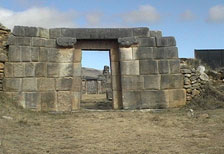
Huanuco Marka
Located to 5 km. of the city La Unión, capital of the Province Dos de Mayo, in Huanuco Region; to 3 600 m.a.s.l. These buildings were developed to the end of the empire of Inkas, later its development was interrupted by the Spanish invasion. In Huanuco Marca we found eight zones, where 3 500 buildings have Inka style, one hundred of them have monumental character, five hundred three are Colcas. Among others: districts, streets, corrals, aqueducts...
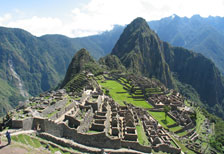
Machupicchu
The archeological sanctuary of Machu Picchu covers an area of 32 592 hectares and is situated 112 kilometers from the city of Cuzco. Machu Picchu, on the eastern slopes of the Peruvian Andes at an altitude of 2 456m, is one of the most beautiful archeological sites in South America. Machu Picchu is derived from the Quechua words, ‘Machu (old or ancient) and, Picchu (crest or mountain), thus rendering its translation as, “Old Mountain”.
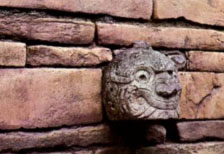
Chavín de Huantar
Declared a World Heritage Site in 1 985 by UNESCO, Chavín is the archaeological center of greatest significance in Peru. It is a monument composed of striking stone constructions and enigmatic galleries within. The temple is decorated with anthropomorphic sculptures with feline and serpentine features, causing them to be named the, ‘affixed heads’. Inside, affixed to the floor, is the Launcher or, ‘Laughing Feline’ a sculpture over two meters tall with features of felines, serpents and birds of prey.
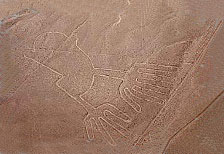
The Nazca lines
These are lines of a scientific, artistic and mystical character, gigantic dimensions and perfect shapes, situated in the arid western foothills of the South Peruvian Andes, between the 419 and 465 kilometer signs on the Pan-American Highway. The lines cover an area with a length of almost 50 kilometers and a width of 15 kilometers. Within these boundaries, you can see such figures as a monkey, a whale, a dog, a parrot, a gannet, a spider, a hummingbird etc.
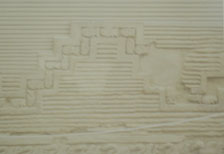
Chan-Chán
Capital of the Chimú Kingdom and built in the fifteenth century, it is situated in the department of Libertad, near the city of Trujillo, in the district of Huanchaco. The city of Chan-Chán, built with the assent of the Mochica, is one of the largest of the whole of pre-Colombian South America. It is, furthermore, an example of urban planning before the coming of the Europeans. It has an area of 15 km² and is surrounded by a 9 m high wall.
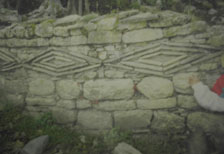
Kuelap
Kuelap is situated 72 km from Chachapoyas, approximately 3.5 hours away, in the northeast of Peru. On the banks of the river Utcubamba used to live the ancient Chachapoyans, who constructed various archaeological monuments, among which stands out the Fortress of Kuelap. The construction features rhomboid friezes with vaulted niches in the walls and the enigmatic Inkwell, famous for its inverted-cone shape.
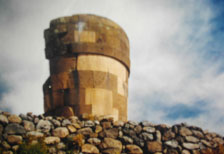
Chullpas de Sillustani
An archaeological zone located 35 km from the city of Puno, which is one of the most important necropolis on the continent. It rises over 4 000 m above sea level on a plain surrounded by the beautiful lake Umayo. The Collas constructed the Chullpas, gigantic quadrangular and circular funeral pyres, exceeding 12 meters in height.
Minimum Resolution - 800x600
JM EXPEDITIONS E.I.R.L - Reserved Rights
Web Development - Tuquito


